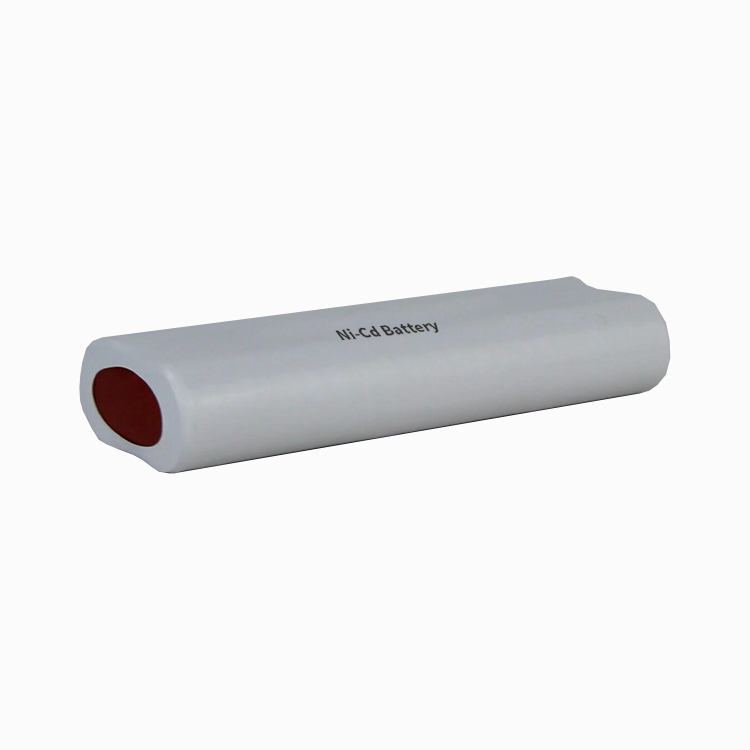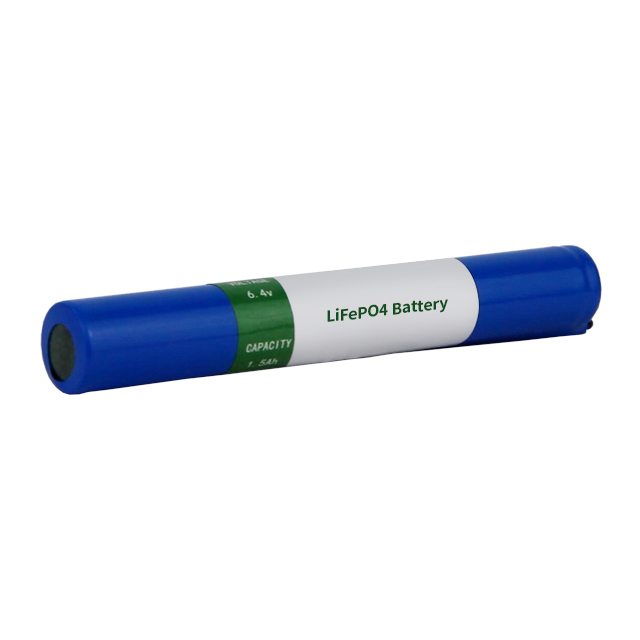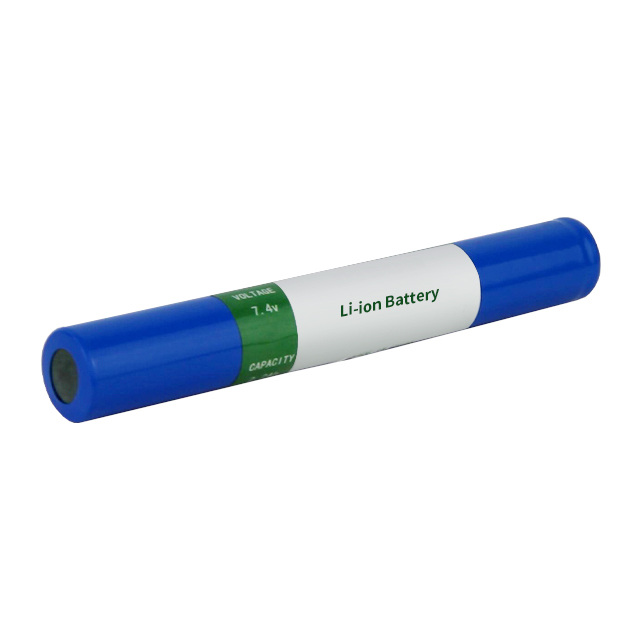Understanding Battery Types and Their Strengths
Release time:
2024-12-03
💡 Choosing the Right Battery for Emergency Lighting and Beyond
When it comes to energy storage, it's important to understand how different battery types behave over time, especially in terms of self-discharge rates and the impacts of long-term storage. Here, we compare four common battery types: Nickel-Cadmium (Ni-Cd), Nickel-Metal Hydride (Ni-MH), Lithium Iron Phosphate (LiFePO4), and Lithium-Ion (Li-ion), outlining their self-discharge rates, ideal storage voltages, and best practices for long-term storage.
1. Nickel-Cadmium (Ni-Cd) Batteries
- Self-Discharge Rate: Ni-Cd batteries typically experience a relatively high self-discharge rate of 10% to 20% per month. This means that, even when not in use, the battery will lose a significant amount of charge every month.
- Recommended Storage Voltage: It is recommended to store Ni-Cd batteries at a voltage level of 20% to 50% of their full charge capacity. Storing them fully charged or completely discharged can lead to degradation or a phenomenon known as the "memory effect."
- Maintenance: Ni-Cd batteries should be discharged and recharged every 3 months to prevent the memory effect, which can reduce their effective capacity if left unused for extended periods.
- Special Notes: To maintain optimal performance, avoid storing Ni-Cd batteries in a fully charged state for long periods. It’s best to discharge them to around 20-50% before storage.

2. Nickel-Metal Hydride (Ni-MH) Batteries
- Self-Discharge Rate: Ni-MH batteries have a higher self-discharge rate than lithium-based batteries, typically losing 25% to 30% of their charge each month.
- Recommended Storage Voltage: For long-term storage, Ni-MH batteries should be kept at 40% to 60% of their full charge capacity. Storing them at a full charge can accelerate degradation, while storing them in a fully discharged state can cause irreversible damage.
- Maintenance: It’s recommended to discharge and recharge Ni-MH batteries every 3 to 6 months to prevent over-discharge and ensure longevity.
- Special Notes: Unlike Ni-Cd batteries, Ni-MH batteries do not suffer as much from the memory effect, but it's still critical to avoid storing them in a completely discharged state.

3. Lithium Iron Phosphate (LiFePO4) Batteries
- Self-Discharge Rate: LiFePO4 batteries have a very low self-discharge rate, typically around 2% to 3% per month, making them ideal for long-term storage with minimal loss of charge.
- Recommended Storage Voltage: LiFePO4 batteries should be stored at 30% to 50% of their full charge capacity. This storage range helps preserve battery life and ensures that they remain in optimal condition for future use.
- Maintenance: While LiFePO4 batteries have low self-discharge and are more stable than other battery types, it’s still advisable to check the battery every 6 months to ensure the voltage remains within a safe range. The battery can be recharged if necessary.
- Special Notes: LiFePO4 batteries are the most stable of all battery types and can withstand long periods of storage without significant performance degradation. It’s important to avoid storing them at a full charge or fully discharged, as this can reduce their lifespan.

4. Lithium-Ion (Li-ion) Batteries
- Self-Discharge Rate: Li-ion batteries have a relatively low self-discharge rate, typically between 2% and 5% per month, which is much lower compared to Ni-Cd and Ni-MH batteries.
- Recommended Storage Voltage: For optimal long-term storage, Li-ion batteries should be stored at 40% to 60% of their full charge capacity. Storing them fully charged or fully discharged can negatively affect their performance and longevity.
- Maintenance: Like LiFePO4 batteries, Li-ion batteries require less maintenance. However, it is recommended to check the battery every 6 months to ensure the voltage remains within the proper range and recharge if necessary.
- Special Notes: Li-ion batteries are highly efficient and stable for long-term storage, but they should be stored at the right charge level (40%-60%) to ensure maximum lifespan.

Comparison Summary
| Battery Type | Self-Discharge Rate | Recommended Storage Power | Maintenance Cycle | Special Notes |
| Nickel-Cadmium (Ni-Cd) | 10%-20% per month | 20%-50% | Discharge and recharge every 3 months | Avoid memory effect; fully discharge before recharging |
| Nickel-Metal Hydride (Ni-MH) | 25%-30% per month | 40%-60% | Discharge and recharge every 3-6 months | Avoid storing in fully discharged state |
| Lithium Iron Phosphate (LiFePO4) | 2%-3% per month | 30%-50% | Check every 6 months | Stable, avoid storing at full charge |
| Lithium-ion (Li-ion) | 2%-5% per month | 40%-60% | Check every 6 months | Avoid extreme temperature environments |
Comparative Analysis of Battery Types
Battery Type Advantages Drawbacks
| Battery Type | Advantages | Drawbacks |
|---|---|---|
| Ni-Cd | ✅ Excellent for high temperatures and deep cycles. ✅ Low cost. ✅ Durable and reliable under stress. |
❌ High self-discharge rate. ❌ Environmental concerns due to cadmium toxicity. ❌ Requires periodic maintenance. |
| Ni-MH | ✅ Higher energy density than Ni-Cd. ✅ Safer and less toxic. ✅ Wide availability. |
❌ Higher self-discharge than lithium batteries. ❌ Shorter lifespan. ❌ Sensitive to overcharging. |
| LiFePO4 | ✅ Long lifespan (up to 10 years). ✅ Low self-discharge (great for long-term storage). ✅ Excellent thermal stability and safety. |
❌ Higher initial cost. ❌ Slightly larger and heavier than NMC for the same capacity. |
| NMC | ✅ High energy density. ✅ Compact and lightweight. ✅ Widely used in EVs and energy storage. |
❌ Shorter lifespan than LiFePO4. ❌ Sensitive to high temperatures. ❌ More expensive than Ni-Cd and Ni-MH. |
Why It Matters
🔋 Energy Density: For space-critical applications, lithium batteries like NMC and LiFePO4 excel with compact sizes and high capacity.
🔋 Longevity & Stability: LiFePO4 stands out for emergency systems requiring longevity and thermal safety.
🔋 Cost Efficiency: For short-term projects, Ni-Cd and Ni-MH are cost-effective but require regular maintenance.
Conclusion
Understanding the characteristics of different battery types is crucial for optimal storage and maintenance, especially in the case of long-term storage. Lithium-based batteries, particularly LiFePO4 and Li-ion, offer the best performance in terms of self-discharge rates, longevity, and stability. In contrast, nickel-based batteries (Ni-Cd and Ni-MH) tend to have higher self-discharge rates and require more frequent maintenance, such as regular discharging and recharging.
For applications where long-term storage and low maintenance are important, LiFePO4 and Li-ion batteries are the ideal choice, ensuring not only efficiency but also cost-effectiveness and extended service life.
Innovation in Emergency Lighting Solutions
JINYI is at the forefront of leveraging LiFePO4 and Li-ion technology for its emergency lighting systems, offering unmatched safety, reliability, and efficiency. Our solutions are designed to meet the most demanding requirements in emergency lighting, ensuring longevity and peace of mind.
JINYI(GUANGDONG CHINA)LIGHTING CO.,LTD
Add:
No. 1, Futing Street, Banfu Town, Zhongshan Science and Technology Park, Bld. 3, Plot 3, Zhongshan, Guangdong, China 528459
Tel:
Tel:
Fax:
Mail:



